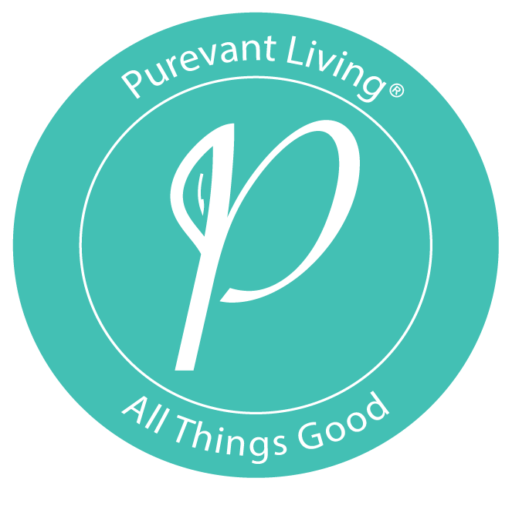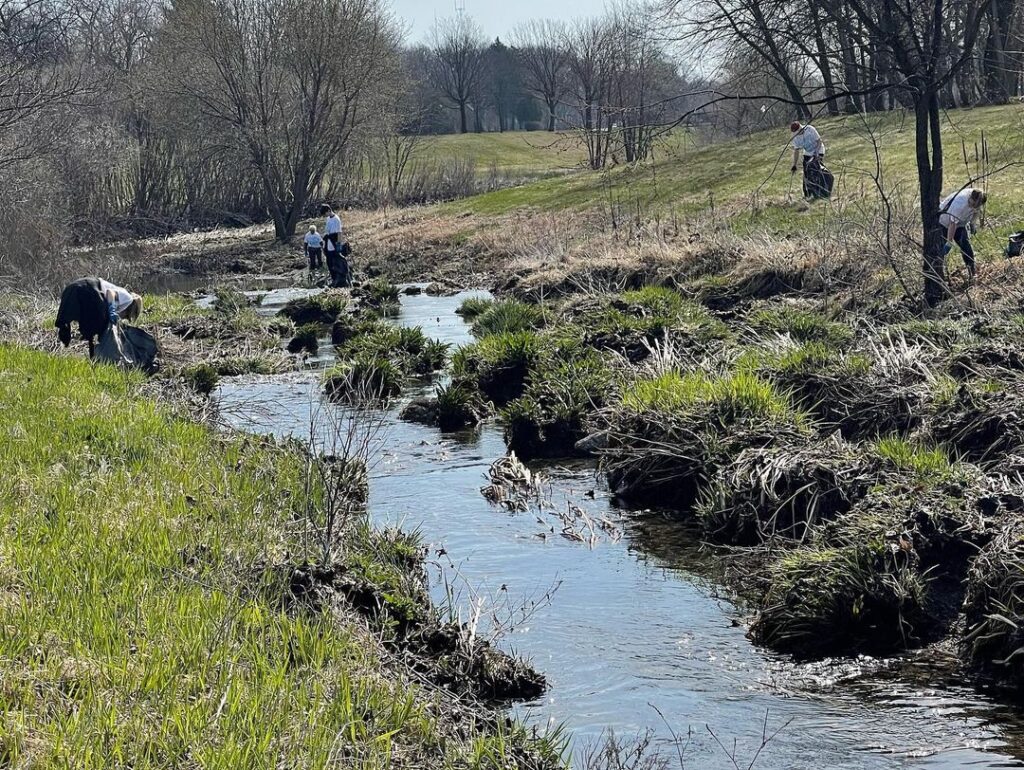
In 1951, the Milwaukee River caught on fire after 60,000 gallons of oil spilled near Lincoln Creek. The fire actually started a few days later when a burning piece of paper from a homeowner’s trash blew down river and ignited the large oil slick. At the time, it was normal everywhere to wash spills, chemicals, and waste into the river and let the river carry it downstream, or down to the river bottom and out of sight. Waterways across the United States were used by industry and commerce to make and transport goods, including absorbing waste streams.
We settled around waterways, we filled in wetlands, straightened river bends, built structures in the floodplain (which is what a river needs to carry the ebb and flow of water levels), and we even used our rivers as sewers and flushed raw sewage into them (we still do sometimes, today).
Milwaukee’s fire in the ‘50s wasn’t a new thing and it didn’t get much coverage. Another river, the Cuyahoga River, caught fire so many times (13 in fact), that after the last big one, it sparked the environmental movement in the United States, creating the Environmental Protection Agency and a myriad of environmental laws, including the Clean Water Act (CWA).
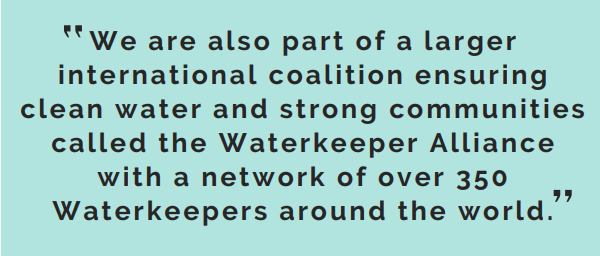
The CWA protects and restores our national waters by creating water quality standards and by managing the amount of pollution that can legally be released into them.
There is no doubt that the CWA has improved the health of ecosystems, wildlife and waters, but its main goals have not been met. Have you ever wondered if a certain water body is safe enough for swimming and recreation, or whether it is safe to eat the fish? It seems unnatural to think about our world that way, but prior to the CWA, only about one-third of our waters were clean enough to be considered “swimmable” or “fishable.” Still, even today, in many areas, especially our urban and agricultural areas, there is a general concern with the quality of our waters and the concern is not unfounded. Despite the many improvements to water quality, the Milwaukee River still does not meet the water quality standards set by the CWA 50 years ago. We are still dealing with issues like high bacteria levels, some problematic pathogens like fecal coliform and E. Coli; we have excessive phosphorus levels in many stretches of the river, as well as legacy contamination in the sediment at the bottom of the river. All of these contaminants impair recreation and the health of our ecosystems and economy. Further, Lake Michigan, and the connected rivers, are the source of drinking water for over 1.3 million people in the Milwaukee area. So, keeping our waters clean is fundamental.
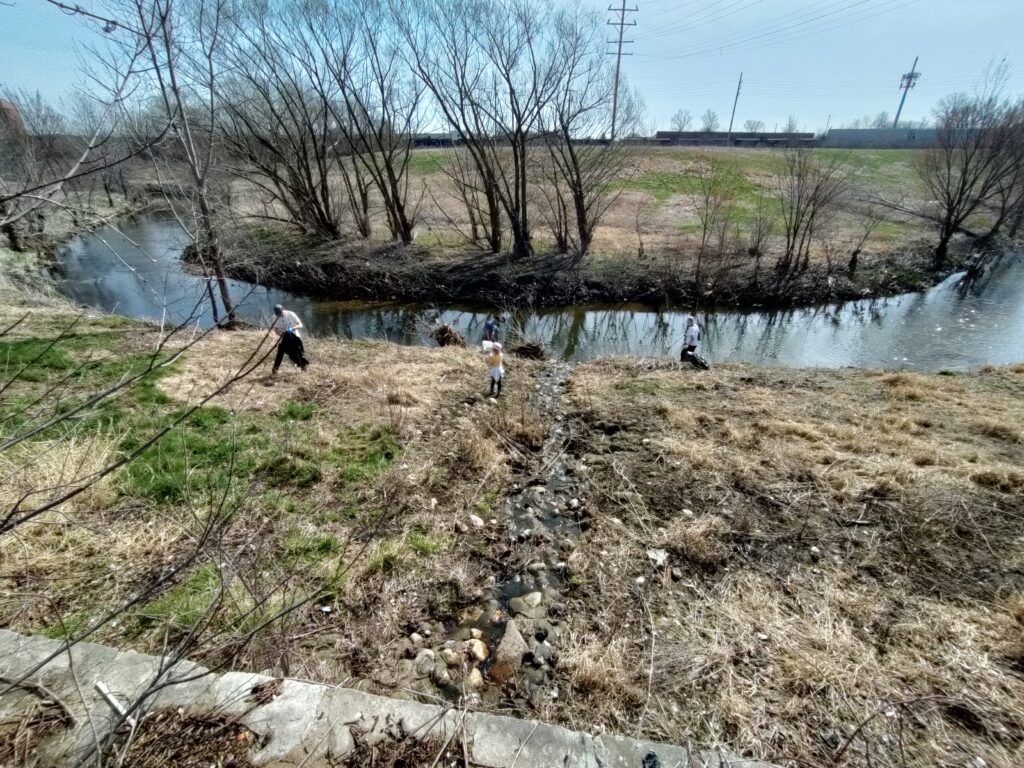
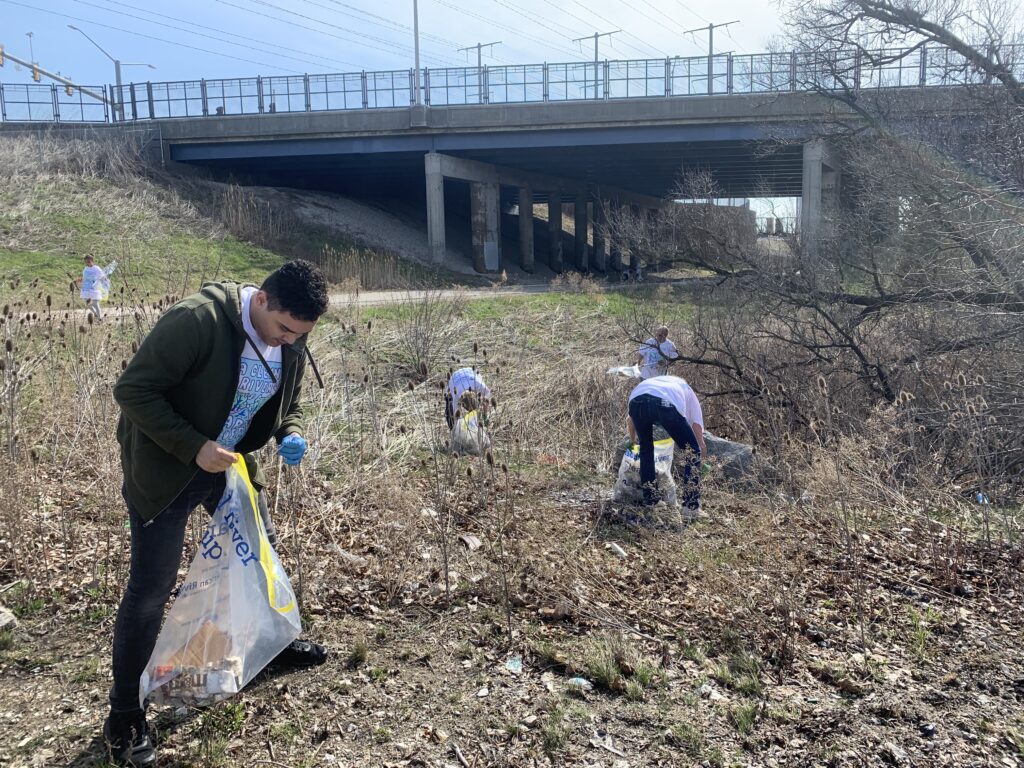
At Milwaukee Riverkeeper, we work tirelessly every day to achieve “swimmable” and “fishable” waters. Those terms have technical and legal meaning under the CWA, but what they really mean is that waterways are safe for recreation and for wildlife to thrive. Our mission is “to protect and improve water quality and wildlife habitat in the river corridors and to advocate for sound land use in the Milwaukee, Menomonee, and Kinnickinnic River Watersheds. Milwaukee Riverkeeper envisions a future where the waterways of the Milwaukee River Basin are once again healthy and safe for swimming and fishing and can be enjoyed by all, as was envisioned by the Clean Water Act.” We are also part of a larger international coalition ensuring clean water and strong communities called the Waterkeeper Alliance with a network of over 350 Waterkeepers around the world.
Milwaukee Riverkeeper is the only science-based, advocacy organization in Milwaukee working for swimmable, fishable waterways and we believe strongly that if a person is connected to a natural resource, they will want to save it and revitalize it. We protect, restore, connect and advocate to meet our mission. To protect, we marshal around 100 volunteers to help us collect water quality data and we use that data to educate and advocate for better policies and compliance with current standards. To restore, we research and coordinate projects around fish passage, flow improvements, and green infrastructure. We also run one of the largest volunteer events in the state with close to 4,000 people removing 100,000 pounds of trash from our waterways in one day. To connect people to our waterways, we host recreational events that bond people to a place and we educate children and adults about the state of our waters and how to live more sustainably. Finally, we advocate for strong environmental policies and decisions that will protect and restore our waterways.
Right now, a critical initiative is happening in Milwaukee that will move the needle toward the CWA goals in a significant way. As mentioned earlier, a considerable amount of toxic contamination from our industrial past sits at the bottom of the river. The EPA has designated this an “area of concern” (AOC), meaning that these toxins are causing major impairments to public benefits such as fish consumption and recreation. Milwaukee Riverkeeper, along with many other stakeholders and agencies, are working to clean up the AOC. We are advocating for this generational opportunity to be strategically designed to include cleanup targets that are the most protective of human health and the environment and to engage and inform the public around this critical work.
If you want to help us work toward a swimmable, fishable, drinkable future for our waterways, please get involved. We have many fun and exciting opportunities to help protect, restore, connect and advocate for our waters. Whether you lend a hand, change a habit, make a financial contribution, or advocate for healthy waters, every small action makes a difference.
To view the entire issue of Person & Planet where this article is featured, you can find the digital version here and the print on demand version here.
-Jennifer Bolger Breceda
